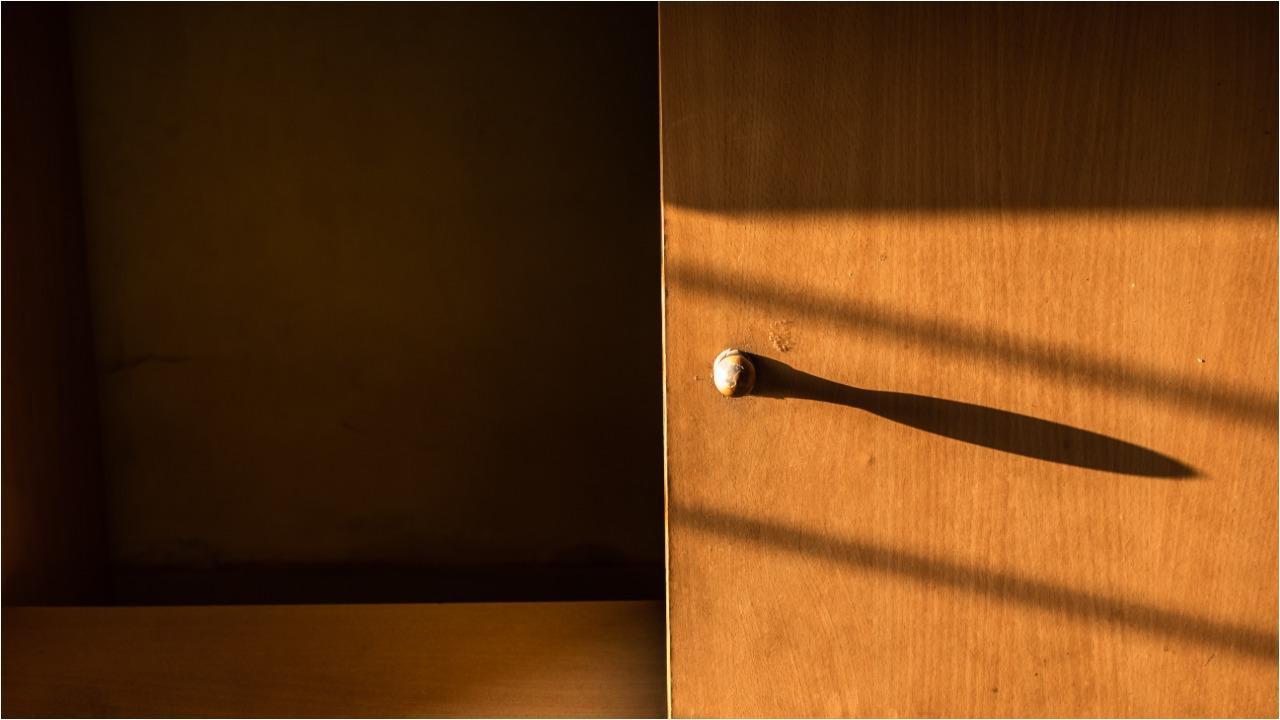There has been a marked increase in the demand for bespoke and crafted products. While regional craft, local skills and materials are an important part of the process, it is important to remember how to infuse character and quality

Image for representational purpose only. Photo: istock
Today, many homeowners are developing a strong preference for local furniture rather than imported products, and noticeable shifts can be observed in consumer buying habits, with decor brands that promote regional craft and local skills and materials.
ADVERTISEMENT
Moreover, with people and businesses beginning to look inward to enhance comfort and well-being, there has been a marked increase in the demand for bespoke, crafted products. This newfound admiration for homegrown brands, partially fueled by the pandemic, has propelled furniture designers to up the ante and offer designs whose quality, details, and ergonomic comfort are at par with international standards.
These developments in the furniture industry have also led to multiple textile and soft furnishing companies conducting business abroad to establish retail outlets in India for a consumer base that is well-travelled.
Suman Sharma, principal and head of business, Mangrove Collective says, "The act of furniture-making calls for a striking balance between ergonomics (comfort), joinery details (craft), functionality, and beauty. We believe that products have an emotional connection with the owners, and hence, they must add value. The power of both hand-craft and technology must be utilised if necessary, and products must be made using responsibly chosen and procured materials. Though one is limited only by their imagination, by looking at products and processes in new ways, designers all over the country can develop products that celebrate craft-to bring joy to whichever space they inhabit."
Infuse character: It is easy enough to create a Pinterest version of what a space should look like, but how does one infuse character into it? A lookalike version is easy but what really lends depth to a space is its character and how it resonates with its surroundings. Customisation of a product becomes an extension to the client's personality and taste, thus offering a new window of possibilities. More importantly, it speaks to the synergy in vision amongst the designer, the furniture maker or craftsperson, and the owner in co-creating the object, which results in a masterfully crafted, high-quality piece. For a country like India, which is home to a wellspring of crafts traditions, we have at our disposal a tremendous opportunity to integrate indigenous expertise with modern engineering-to develop ergonomic and beautiful pieces of furniture. By reclaiming indigenous and obscure crafts, local brands give them a new lease of life, reinterpreting and adapting these skill-sets for contemporary living.
Quality: The knowledge of making a quality piece of furniture also requires an in-depth exploration of what raw materials can be used and how they can be integrated with our traditional crafts and techniques. For instance, cane weaving is a venerated tradition that goes back for centuries, but in recent times the craft is witnessing a resurgence in its application. With the integration of modern technology, cane weaving can be harnessed today to develop comfortable and highly durable furniture suited to our tropical climate and context.
This story has been sourced from a third party syndicated feed, agencies. Mid-day accepts no responsibility or liability for its dependability, trustworthiness, reliability and data of the text. Mid-day management/mid-day.com reserves the sole right to alter, delete or remove (without notice) the content in its absolute discretion for any reason whatsoever.
 Subscribe today by clicking the link and stay updated with the latest news!" Click here!
Subscribe today by clicking the link and stay updated with the latest news!" Click here!







